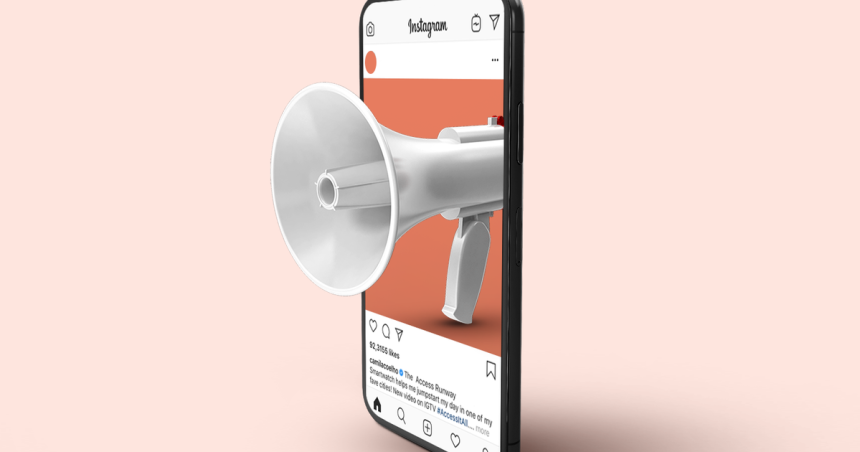The content is coming from inside the house—and not every company likes it.
In April, TikTok creator and Chick-fil-A employee Miriam Webb, who built a following of tens of thousands of people by reviewing Chick-fil-A menu items, said in a post on the platform that she had been notified by the company that her videos violated a rule in its employee handbook and she would no longer be posting them—much to the disappointment of her comments section, which included influencer James Charles, who called it a “huge missed opportunity for them.” Chick-fil-A did not respond to Marketing Brew’s request for comment.
“I really was hoping that we could collab or that we could turn this into something, because I felt like I was a great candidate for it and I had the numbers to show it and prove it,” Webb said in the video. “But I respect their decision, and all I can do now is adapt.”
And adapt she did. Less than a week later (and on a Sunday, no less), Webb posted the first of a two-video paid deal with Shake Shack where she reviewed the chain’s Chicken Shack chicken sandwich. Other brands have made appearances on her account, too, including El Pollo Loco, Duck Donuts, and Claire’s.
As day-in-the-life and behind-the-scenes content continues to proliferate on platforms like TikTok and Instagram, brands have taken different approaches to addressing employee-created content. “Different things are right for different brands,” Mike McGarry, VP of brand marketing at Shake Shack, acknowledged, but at Shake Shack, the chain has opted to embrace team members as representatives of the brand, in addition to external creators like Webb, through content like “day in the life” and “favorite order” videos.
“Our team members are the heartbeat of our organization,” McGarry said. “They are our ambassadors day in and day out and so it kind of makes sense for them to also be our ambassadors in social and help be a part of that story.”
Letting go
The tension between embracing and limiting employee posts on social isn’t entirely new. In 2020, paint company Sherwin-Williams took some heat after it fired Tony Piloseno, an employee who found virality creating paint-mixing videos while working at a retail location. Piloseno has since founded his own brand.
“Some brands take an approach in social of maximum yield, maximum benefit, which requires taking on some risks and giving up control,” said Liz Cole, the chief social officer at creative agency VML, whose clients include Coca-Cola. “Other brands take on a minimizing-risk perspective, which is all about controlling things as tightly as possible and as a result, they miss out on a lot of benefits.”
Because “keeping control is a bit of an illusion in the age of social media,” Cole said, brands may want to consider ways in which they can mitigate risks from employee-created content rather than limiting the practice entirely.
Get marketing news you’ll actually want to read
Marketing Brew informs marketing pros of the latest on brand strategy, social media, and ad tech via our weekday newsletter, virtual events, marketing conferences, and digital guides.
“For brands, they should be thinking of this in the sense of, ‘The brand is not in my control,’” she said. “‘Do I want the biggest microphones to be in front of people that are friendly to my brand, that are overall endorsing it? Or people that aren’t?’”
People operations
Jill Donnelly was a YouTuber before she became a flight attendant at Southwest Airlines seven months ago, and she has been posting about the company ever since—something she says she made sure was allowed when she was interviewing for the job.
“I thought I knew what a flight attendant was and did, and then I became one, and I was, like, ‘Wow, there’s so much to share,’” Donnelly told us.
While she has shared things like training and her travel experiences, she says there are some limits on what she can post: she cannot film people, including her co-workers, without their permission, speak on behalf of the company, or disparage the company.
Ashley Bain, a PR consultant at Southwest, told us that the company encourages employees to post about their jobs, both independently and via an official employee influencer program, to spread news about Southwest and encourage others to join the company. Much of the brand’s official social content centers around its employees; its TikTok bio describes Southwest as “the one with the funny flight attendants.”
“I think when you encourage your employees to post, and they do…it makes it so much more authentic,” Donnelly said. “When you watch a commercial about Southwest, you’re like, ‘Okay, great, they paid an ad agency to put together a commercial about how great Southwest is.’ But when you hear it from the people who actually work there, it’s not bull.”
Snooze you lose?
Cole also emphasized the authenticity that can be conveyed through employee social ambassadors: “It comes across with some legitimacy, for one,” she said. “You get the sense that these people are real, actual brand advocates and not just a network of paid spokespeople.”
Cole said she hopes that Shake Shack’s move to work with Webb serves as a message to brands that if they don’t embrace their creators, it’ll take just “three seconds for another brand to step in.”
McGarry said the Shake Shack partnership with Webb is open-ended for now, but added that her videos contributed to a “big success” for Shake Shake’s “Chicken Shack Sundays” promotion in April.
“The story behind her added some context that we believe led to some people trying Shake Shack [for the first time],” he said.
Read the full article here










